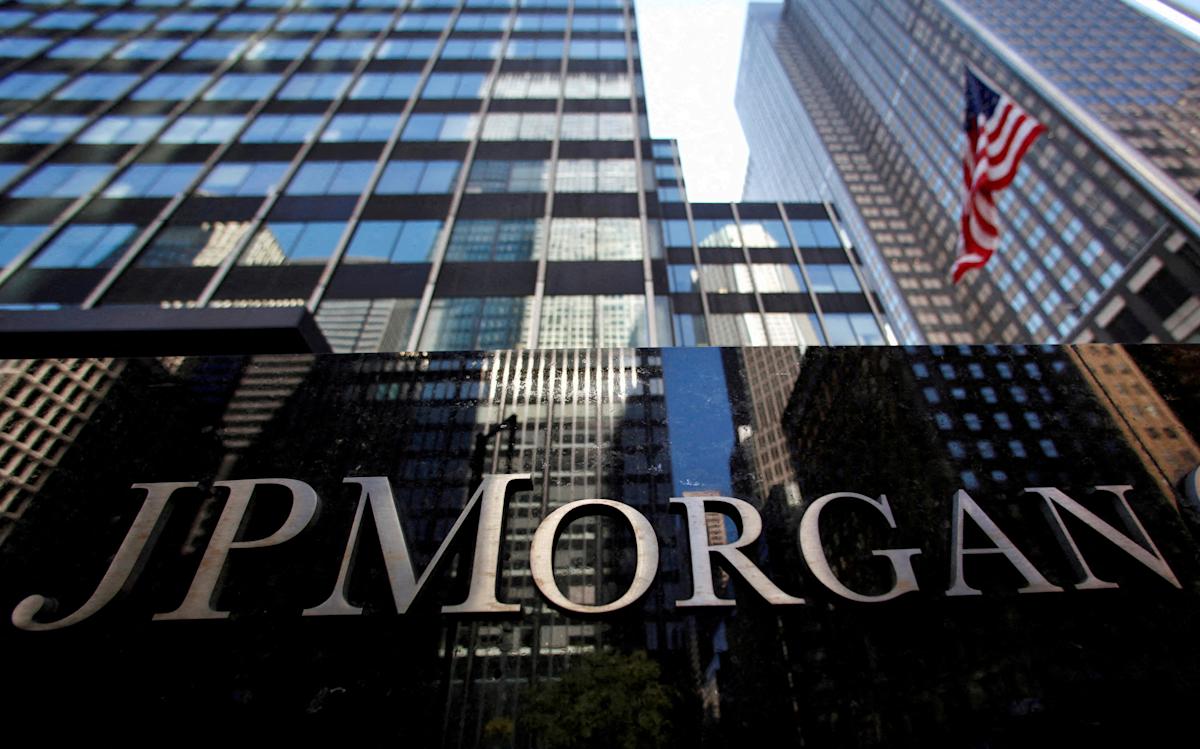In a bold projection that has caught the attention of global investors and financial analysts, JPMorgan Chase has reiterated its bullish stance on gold, forecasting that the precious metal could reach $6,000 per ounce by the end of U.S. President Donald Trump’s second term in 2029. This dramatic price target signals not just confidence in gold as a safe haven, but also deep concern about the long-term trajectory of the global economic and geopolitical environment.
A Historic Upswing?
If JPMorgan’s forecast materializes, it would represent an unprecedented rise in gold prices—nearly tripling from current levels of around $2,300 (as of mid-2025). Such a move would dwarf previous bull markets, including the rally during the 2008 financial crisis and the pandemic-induced highs of 2020.
According to analysts at JPMorgan, the current economic setup—marked by persistent inflation, growing geopolitical risks, rising sovereign debt, and a weakened U.S. dollar—could create the perfect storm for a long-term gold supercycle.
Why JPMorgan Is Bullish on Gold
1. De-Dollarization and Global Currency Shifts
The continued movement by countries like China, Russia, Iran, and members of BRICS away from the U.S. dollar in trade and reserves is seen as a major structural driver. As central banks diversify their holdings, gold has emerged as the preferred non-dollar asset. In fact, global central banks have been on a record-breaking gold-buying spree since 2022.
2. Geopolitical Instability
From tensions in the Taiwan Strait to ongoing conflicts in Ukraine and the Middle East, the geopolitical risk premium for gold remains high. JPMorgan believes these flashpoints will not only persist but potentially intensify, pushing investors toward safe-haven assets like gold.
3. U.S. Fiscal Challenges and Inflation
The U.S. faces mounting fiscal deficits and unsustainable debt servicing costs, especially as interest rates remain elevated. With inflation still hovering above the Federal Reserve’s comfort zone, real yields could weaken, making non-yielding assets like gold more attractive.
4. Trump’s Economic Policies: Uncertainty Ahead
If President Trump follows through on his campaign rhetoric—including potential tariffs, decoupling from China, and a hard stance on immigration and trade—markets could react with volatility. JPMorgan suggests that Trump’s economic unpredictability, though attractive to some sectors, could further fuel investor demand for stability through gold.
How Investors Are Reacting
Gold ETFs, mining stocks, and physical bullion sales have seen increased inflows in 2025, with many institutional investors rebalancing portfolios to include greater exposure to precious metals. Hedge funds are also increasing their long positions in gold futures, anticipating strong upside momentum over the next several years.
Potential Roadblocks to $6,000
While the JPMorgan forecast is optimistic, it is not without caveats. A surging dollar, rapid technological breakthroughs, deflationary shocks, or a sudden resolution of geopolitical tensions could all suppress gold’s rise. Additionally, a more hawkish Federal Reserve could maintain higher real yields, dampening gold demand.

